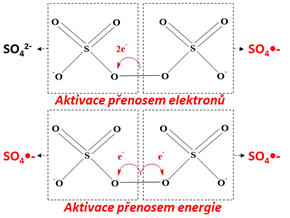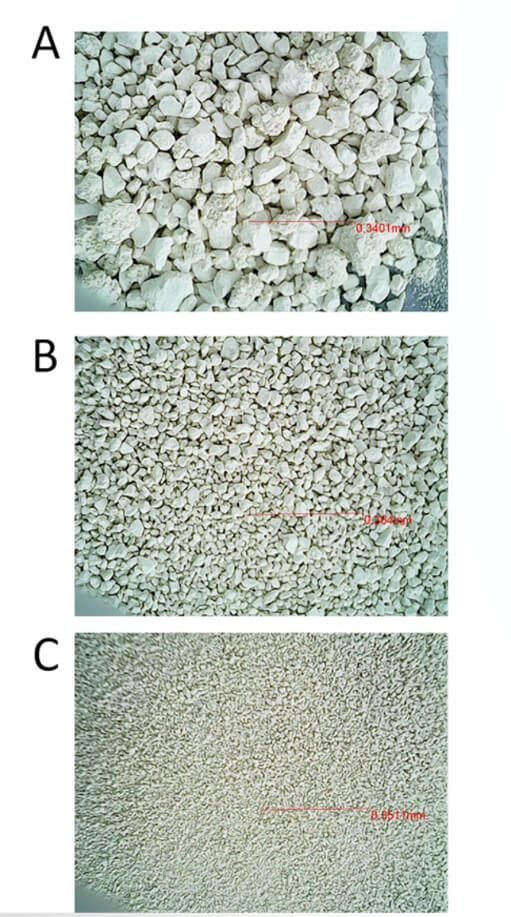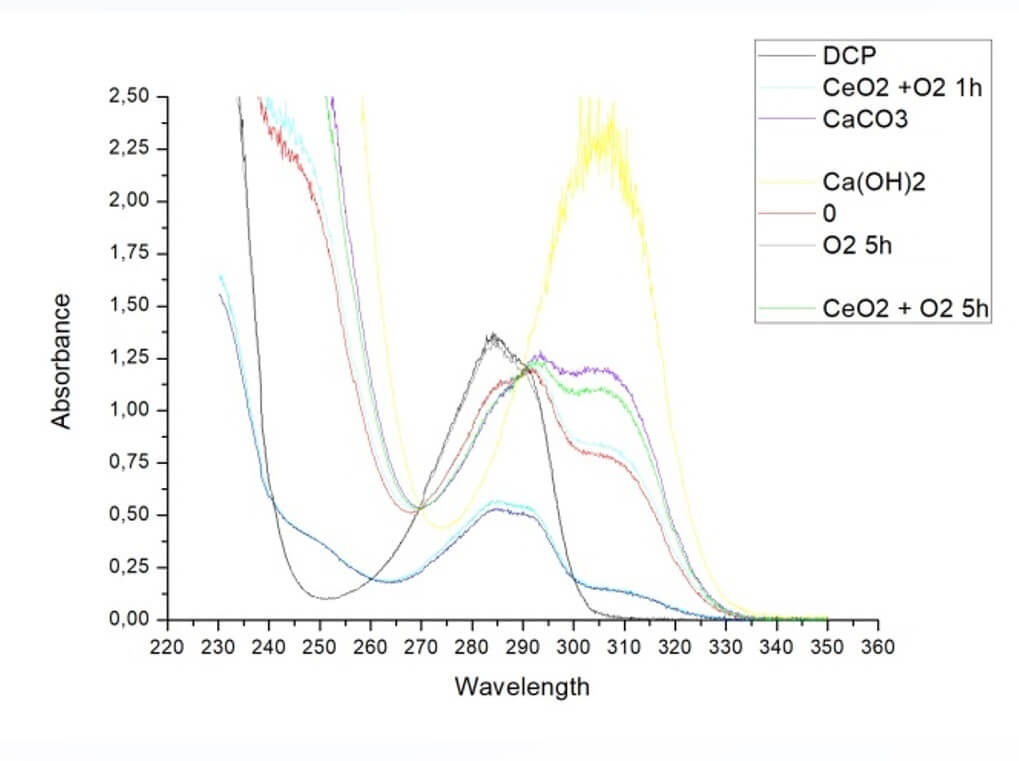TREND project: NanoFe catalytic reactor for the removal of pharmaceuticals from wastewater with online monitoring and data evaluation, a project in IMPLEMENTATION
 The aim of the project is to develop/construct a semi-operational device using optimized innovative technologies of nano-iron (nanoFe) activated oxidizing agents for effective removal of pharmaceuticals and their metabolites from pharmaceutical-laden wastewater and also from secondary liquid waste streams in the form of concentrates produced by membrane separation technologies. An integral part of the presented project is also the verification of the functionality of the device on a semi-operational scale close to operational practice.
The aim of the project is to develop/construct a semi-operational device using optimized innovative technologies of nano-iron (nanoFe) activated oxidizing agents for effective removal of pharmaceuticals and their metabolites from pharmaceutical-laden wastewater and also from secondary liquid waste streams in the form of concentrates produced by membrane separation technologies. An integral part of the presented project is also the verification of the functionality of the device on a semi-operational scale close to operational practice.
 OPV's strategy is to use technological innovations as a key competitive advantage and thus further strengthen its position not only in the field of geological and hydrological surveys, remediation of contaminated sites (soil and groundwater) or laboratory analyses, which it has been successfully engaged in for a long time. The main bidder is very well aware that if development activities stop or slow down, there is a risk of a gradual loss of competitiveness and thus a decrease in the company's market potential. The results of the project in the form of a NanoFe catalytic reactor for the controlled final disposal of pharmaceuticals from wastewater (in addition to the possibility of online monitoring and data evaluation) will enable OPV to enter new markets in the field of wastewater management in the pharmaceutical industry, hospitals, etc.
OPV's strategy is to use technological innovations as a key competitive advantage and thus further strengthen its position not only in the field of geological and hydrological surveys, remediation of contaminated sites (soil and groundwater) or laboratory analyses, which it has been successfully engaged in for a long time. The main bidder is very well aware that if development activities stop or slow down, there is a risk of a gradual loss of competitiveness and thus a decrease in the company's market potential. The results of the project in the form of a NanoFe catalytic reactor for the controlled final disposal of pharmaceuticals from wastewater (in addition to the possibility of online monitoring and data evaluation) will enable OPV to enter new markets in the field of wastewater management in the pharmaceutical industry, hospitals, etc.
Project outputs
The specific outputs of the project will be: 1) Zpolop - Semi-operational: Semi-operational equipment for the application using optimized innovative technologies of nano-iron (nanoFe) activated oxidizing agents for effective removal of pharmaceuticals and their metabolites from pharmaceutical-laden wastewater and also from secondary liquid waste streams in the form of concentrates produced by membrane separation technologies. 2) Ztech - Proven technology: Universal technology of nanoFe catalytic oxidation, which will enable the removal of pharmaceuticals from wastewater and concentrates from membrane processes. 3) Fuzit - Utility model: Device for online monitoring and evaluation of data in real time: The registered utility model at ÚPV will protect intellectual property in the form of a technical solution for online control of nanoFe catalytic oxidation. It will modularly consist of an online TOC analyzer, associated sensors and programmable PLC control algorithms for online evaluation and adjustment of operational settings.


